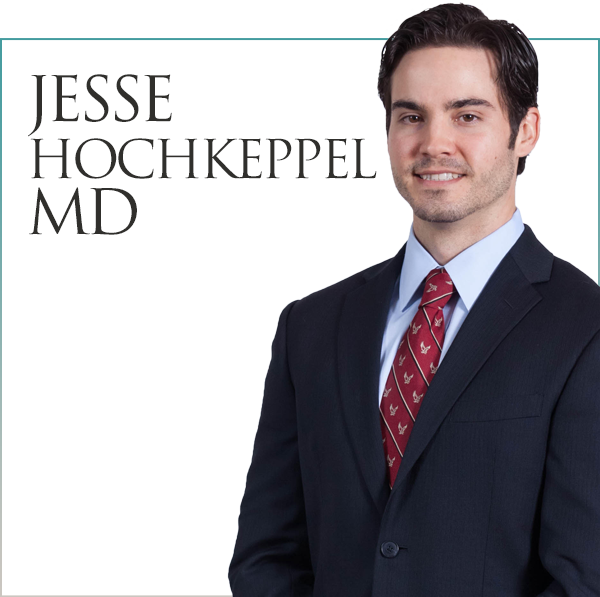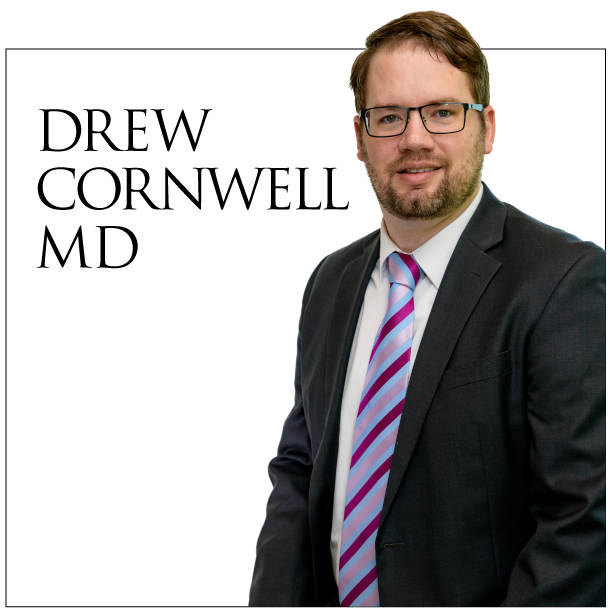Managing Pain Does Not Mean Just Popping Pills
By Hillary Copsey
May 14, 2010
This is the message some pain management doctors want to spread in an effort to distance themselves from the pill mills law enforcement agents say exist solely to put narcotics into the hands of addicts.
“That’s exactly why legitimate pain physicians are upset about this,” said Dr. Harold Cordner, an Indian River County practitioner and the president of the Florida Society of Interventional Pain Physicians. “There are these doctors who are pushing drugs, and it’s not right. … And more importantly, it’s ruining lives.”
Pain management specialists, including Cordner, lobbied for the tighter regulations on pain clinics state lawmakers passed last month. They also are quick to answer the question: Why prescribe these addictive drugs in the first place?
“There are legitimate people in pain that need them. Oxycodone is a good drug. They’ve used it for decades,” Cordner said. “People who have had surgery, are living with cancer, they need medication. Just taking the drug away doesn’t solve anything. It’s drug abusers and people using it illegally who are the problem.”
The hope is those abusers and the pill mills that feed them will be slowed by the new laws, which require extended training for doctors who operate the clinics, restrict ownership of the businesses and limit doctors to dispensing no more than 72 hours’ worth of painkillers if the patient is paying with cash, check or credit. The regulations, paired with a drug database in development, should make it easier for doctors and law enforcement agencies to track who is using and prescribing the addictive narcotics.
While waiting for state lawmakers to pass and fund legislation to better control prescription narcotics, most Treasure Coast governments followed the lead of South Florida this spring and passed moratoria that prevent new pain management clinics from opening. Port St. Lucie went further and passed an ordinance that prevents doctors from dispensing medication on site except in specific, state-allowed circumstances.
Dispensing in office and on a cash basis is a key characteristic of pill mills, according to law enforcement agencies. Many pain specialists said dispensing on-site is not a necessity for their practices, which often focus on other pain management techniques.
“We’re practicing real medicine; they’re practicing medicine to make a financial gain,” said Dr. Mark Zimmerman, who works in St. Lucie and Indian River counties.
But people don’t always see the difference. Zimmerman’s office manager Sandy Bruus said she regularly is asked, “Are you a real doctor? Or a pill mill?” by patients, insurers and even other doctors wanting to refer patients.
Donna Kemlage, one of Zimmerman’s patients, waited for years to visit a pain management doctor for chronic back pain because she was worried about “ending up on drugs.” Out of desperation, the 62-year-old came to HealthStar Interventional Pain Management, where she receives nerve injections and found relief.
Doctors like Cordner hope that reining in the abuse of prescription drugs will restore the tarnished reputation of pain management.
“My wife has to be embarrassed by what I do,” Cordner said. “It affects us and how we’re perceived. We are legitimate doctors that help thousands of patients, people who literally are miserable. To suffer is not a good existence, let me tell you. We can stop that suffering.”
Determining suffering is real is the first challenge for doctors, with or without a background in pain management.
Addicts and people dealing the painkillers aren’t just getting the medication from pill mills. They also will hit up dentists’ offices, emergency rooms and primary care physicians, describing excruciating pain and sometimes producing paperwork, often fraudulent, showing previous injuries or prescriptions.
“You have to walk that fine line between giving people the benefit of doubt and being compassionate and empathetic, and not being scammed,” said Dr. Eric Carter, Indian River Medical Center emergency department medical director. “I’m sure I’ve been scammed, but I try to give people the treatment they need.”
People often out themselves as addicts simply by talking too much, Carter and others said. They ask for specific prescriptions. They declare only one specific painkiller will work.
Doctors also look for twitching and other body language as tip-offs that a patient might be using the narcotics recreationally.
Some doctors try to remove themselves from the equation by refusing to prescribe the most potent drugs. Dr. Joseph Averbach, emergency medical director for Lawnwood Regional Medical Center & Heart Institute, will not write prescriptions for OxyContin, a trademark brand of oxycodone, because of its long-lasting effect. The time-release drug originally was meant for cancer patients.
“In the emergency department, we treat acute pain,” Averbach said. “There’s just no need for an ER doctor to write a script for that.”
But not every doctor is so discerning.
Dr. David Kloth, a spokesman for the American Society of Interventional Pain Physicians, laid some of the blame for the increasing numbers of prescription drug abusers at the feet of doctors who take on pain patients — writing prescriptions and performing treatments — without certification in pain management.
“Just because you’re a primary care doctor who took a week-long course doesn’t mean you’re a pain management specialist,” Kloth said. “All they do is give drugs, drugs, drugs. We (certified pain specialists) are promoting comprehensive treatment.”




